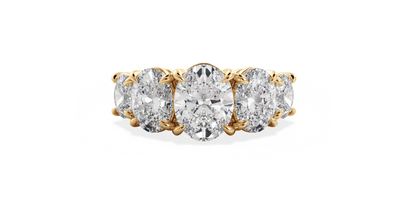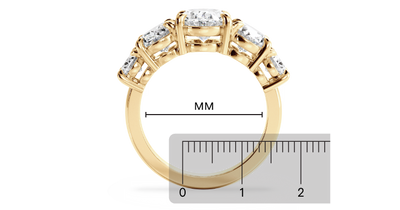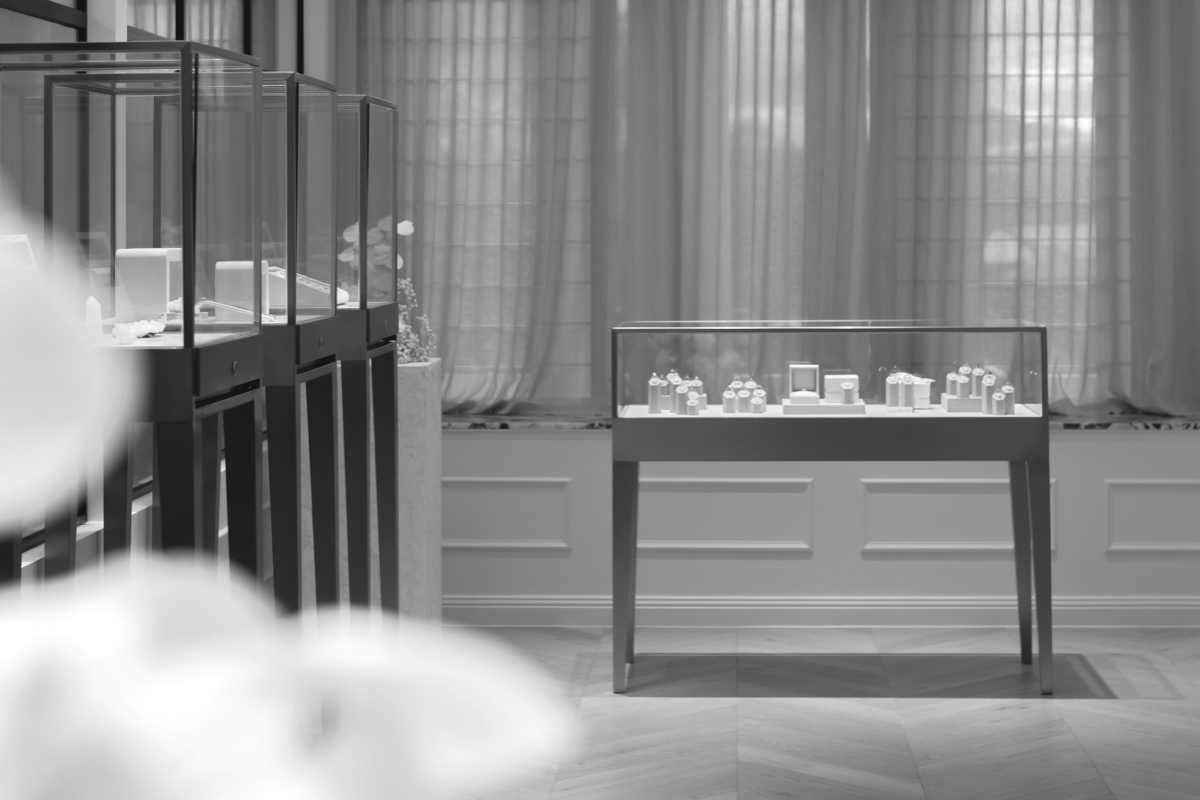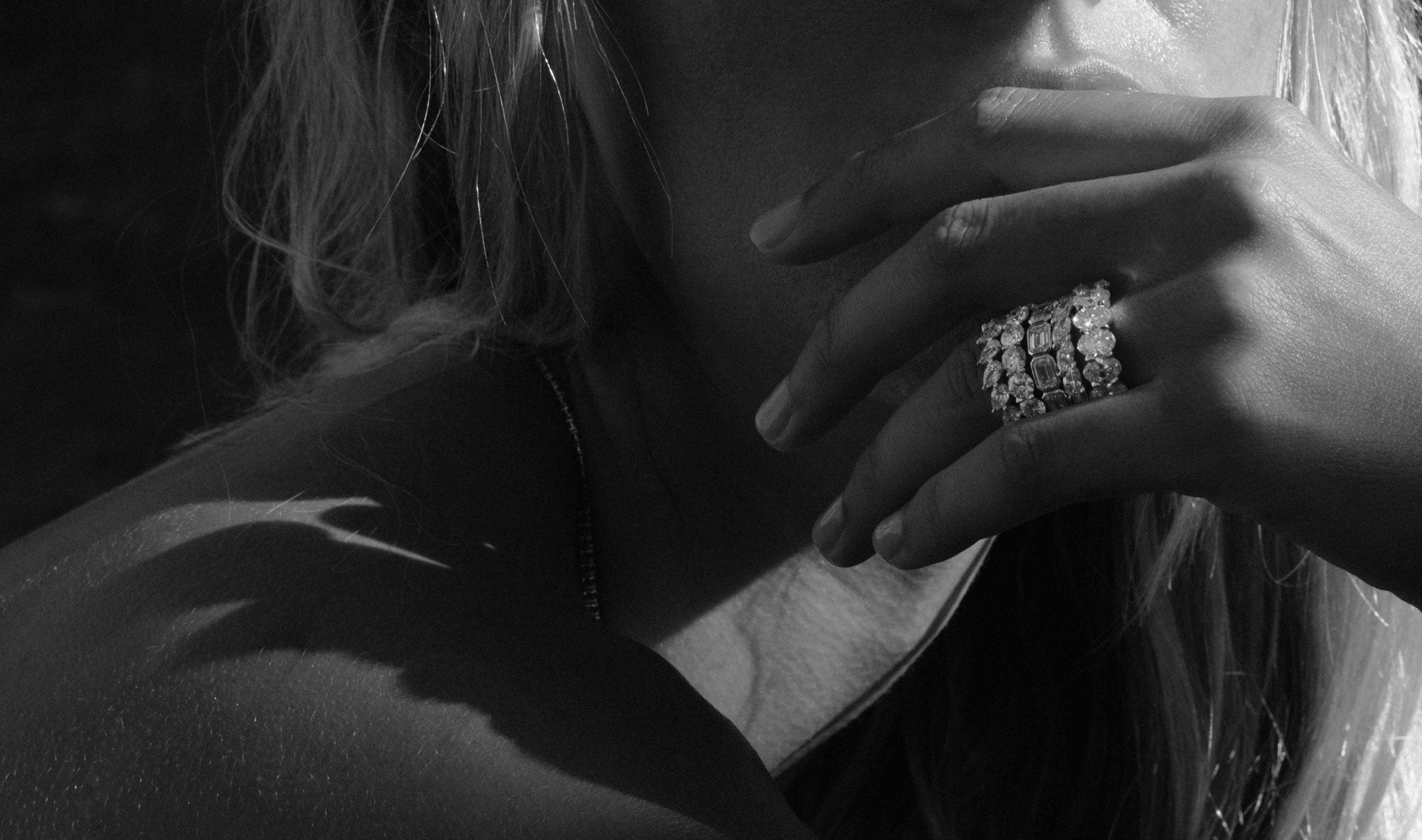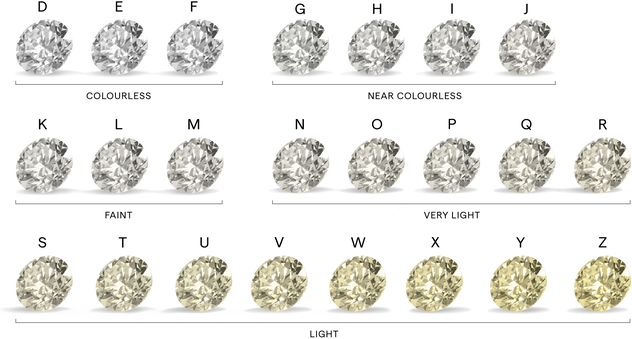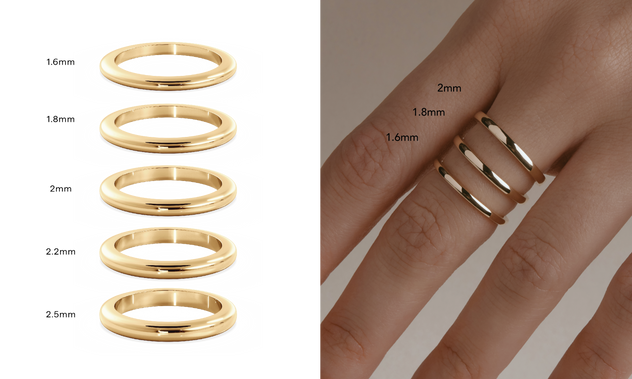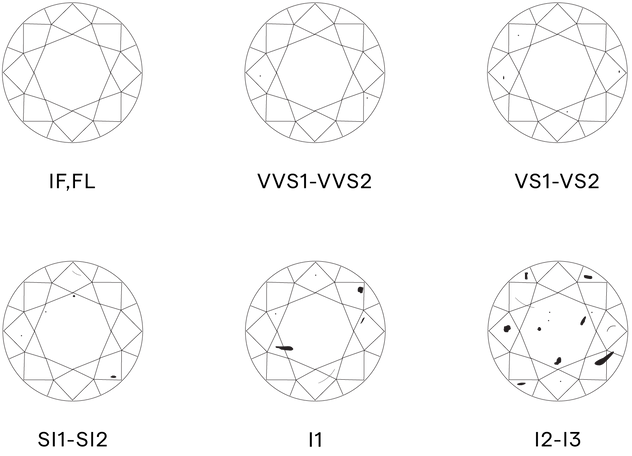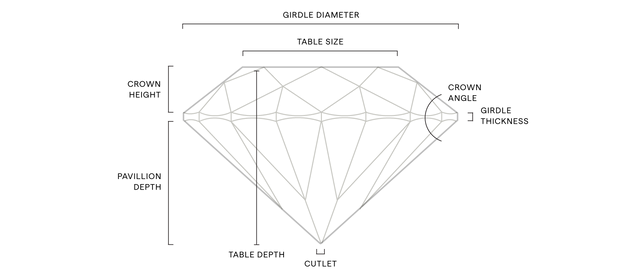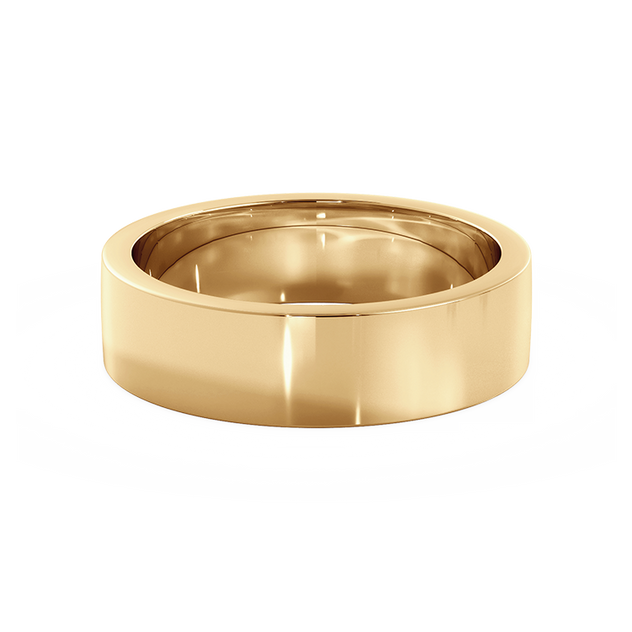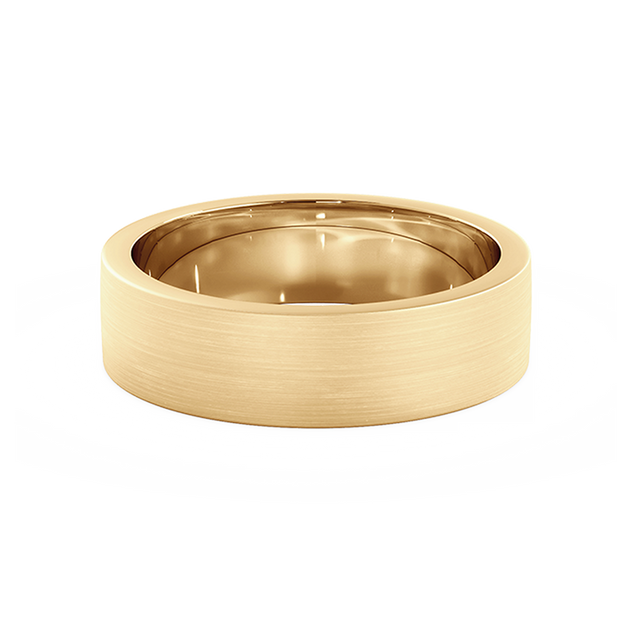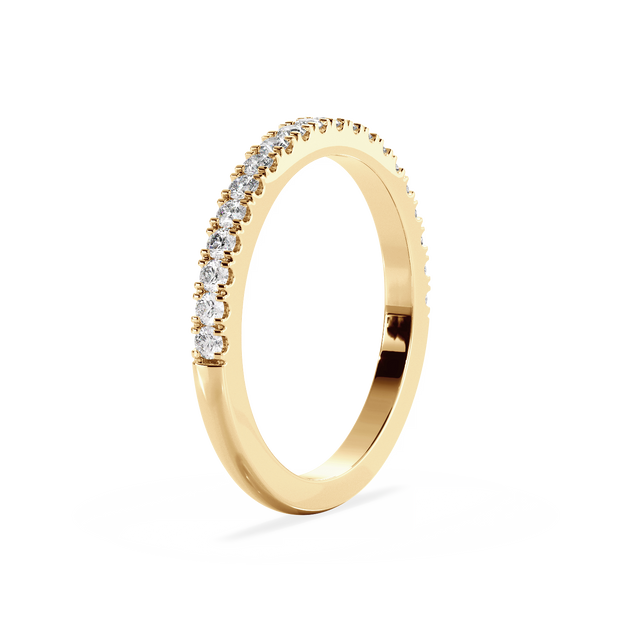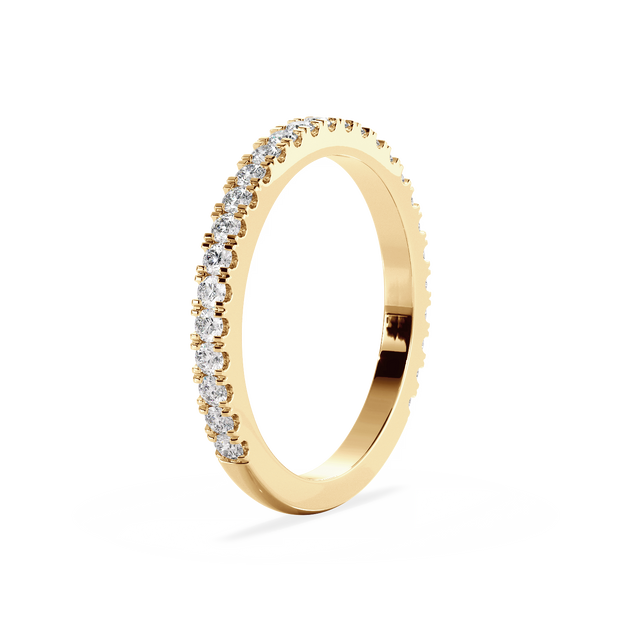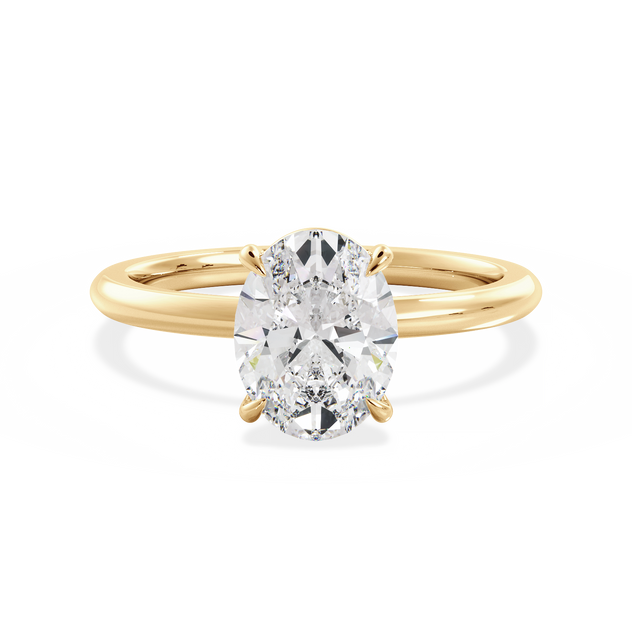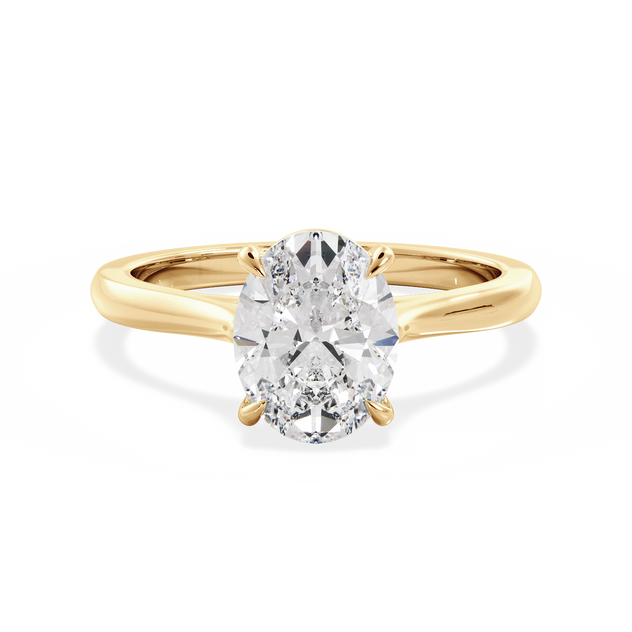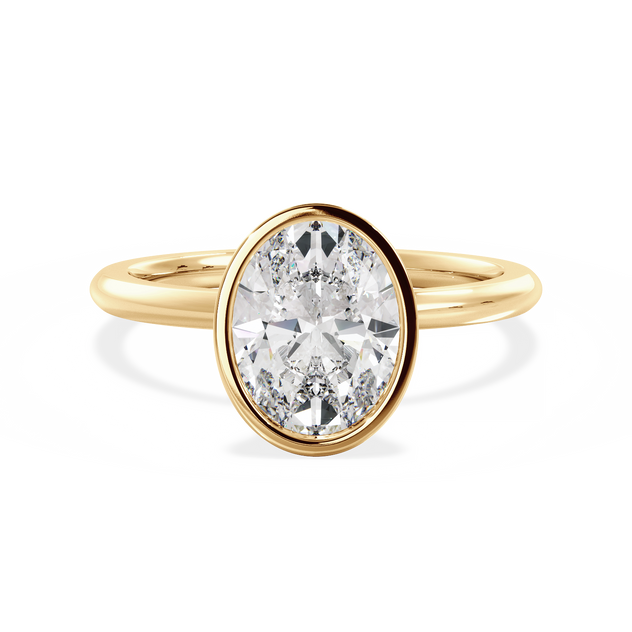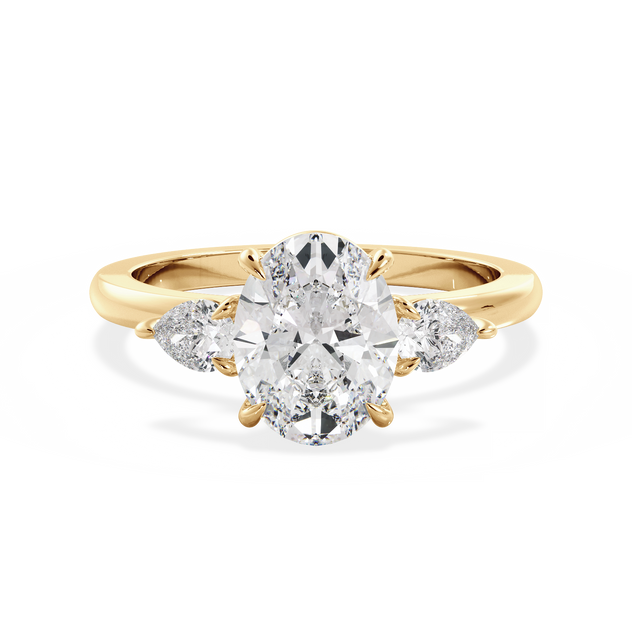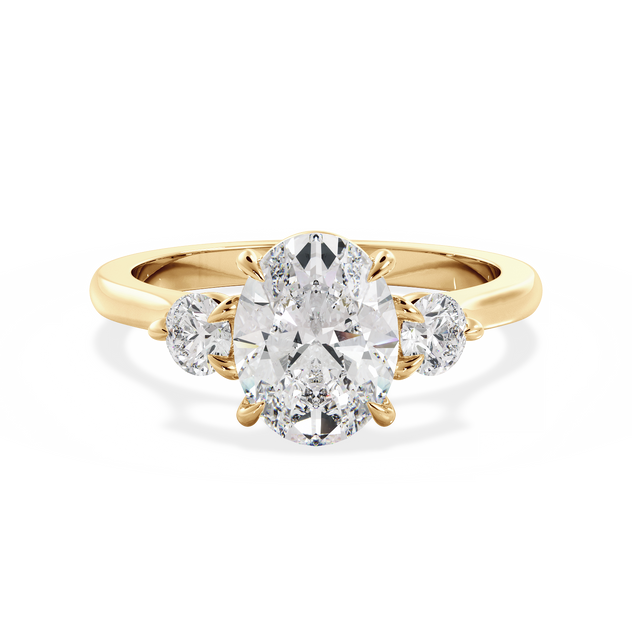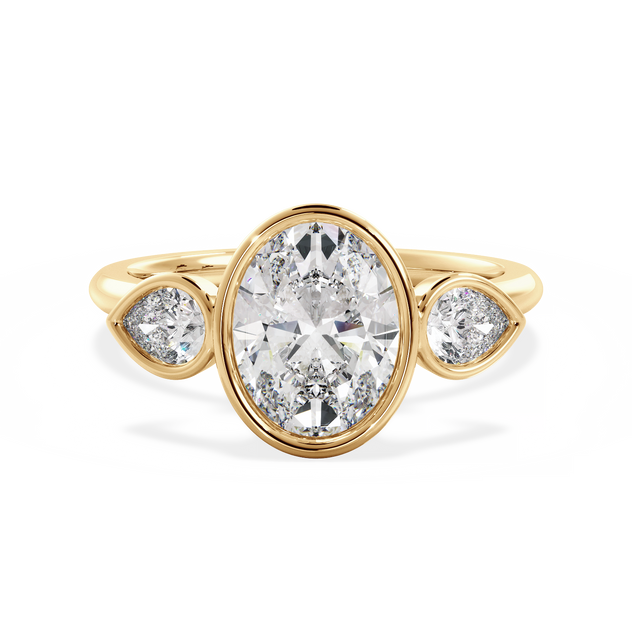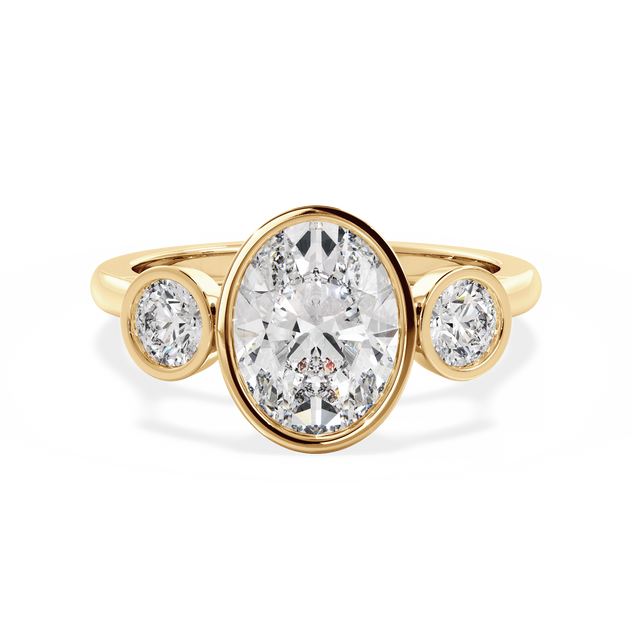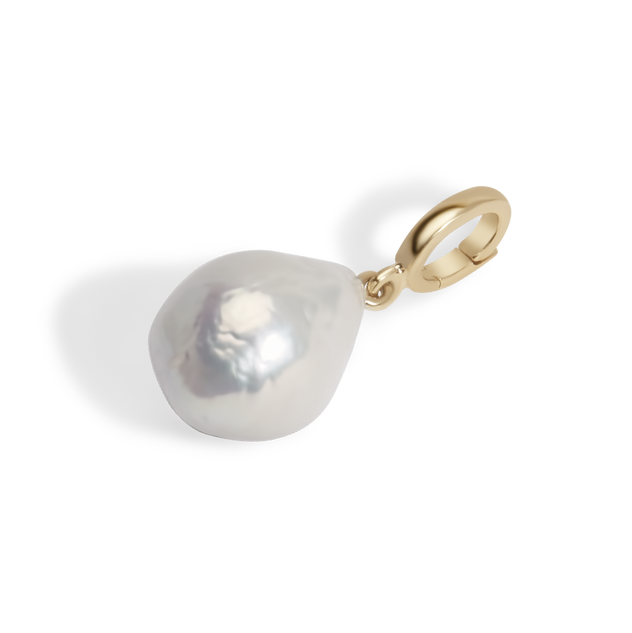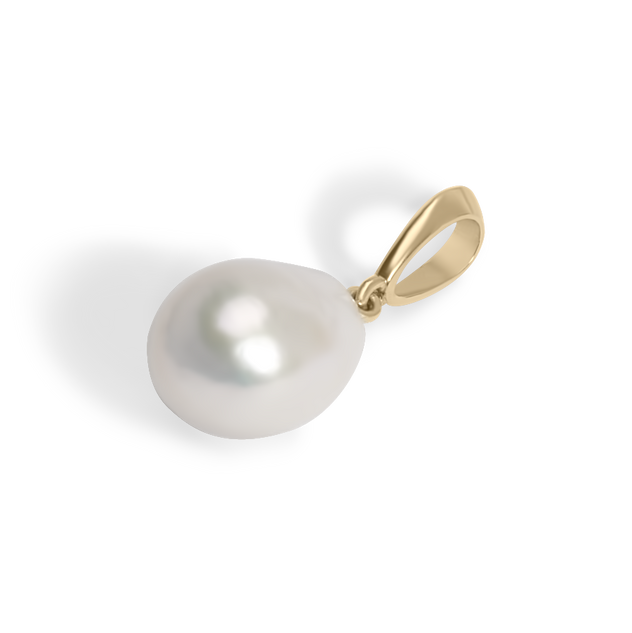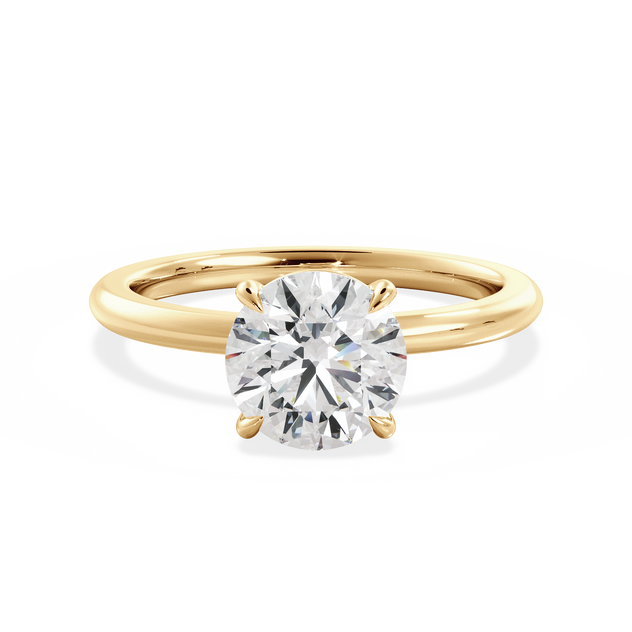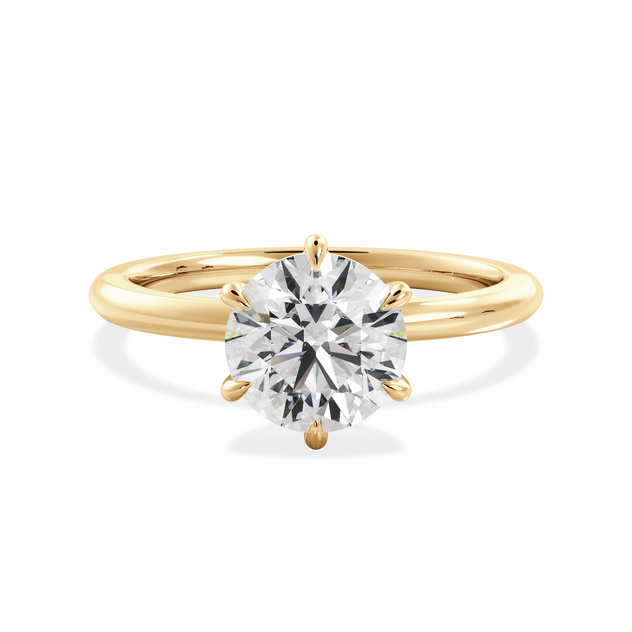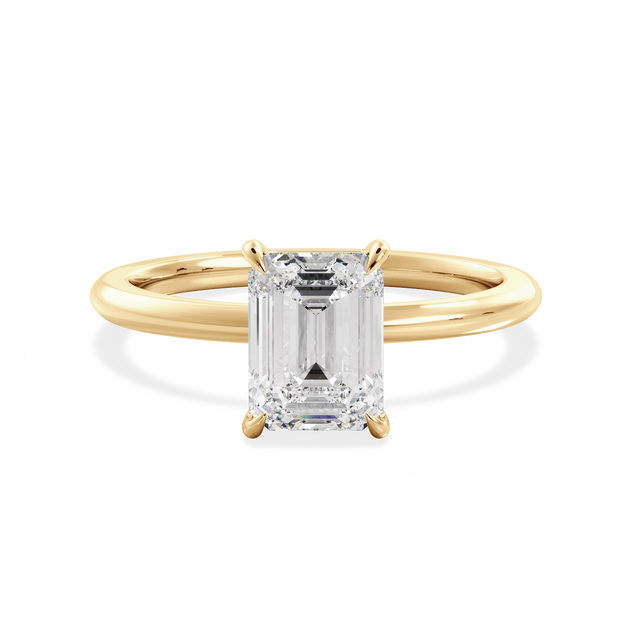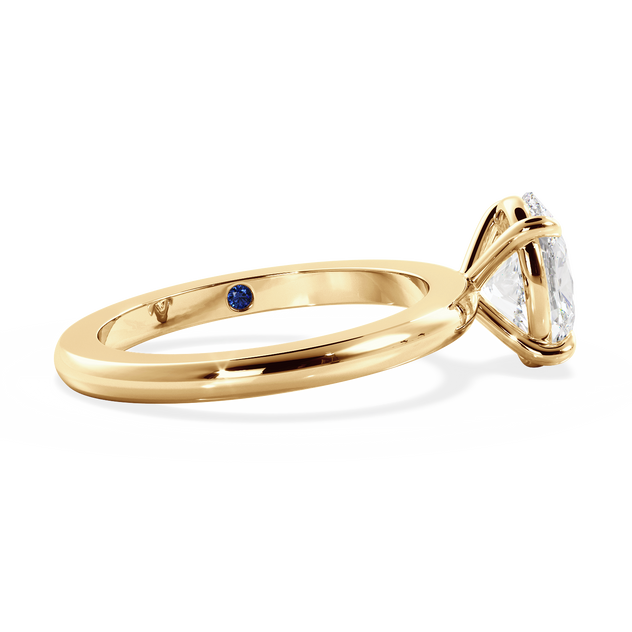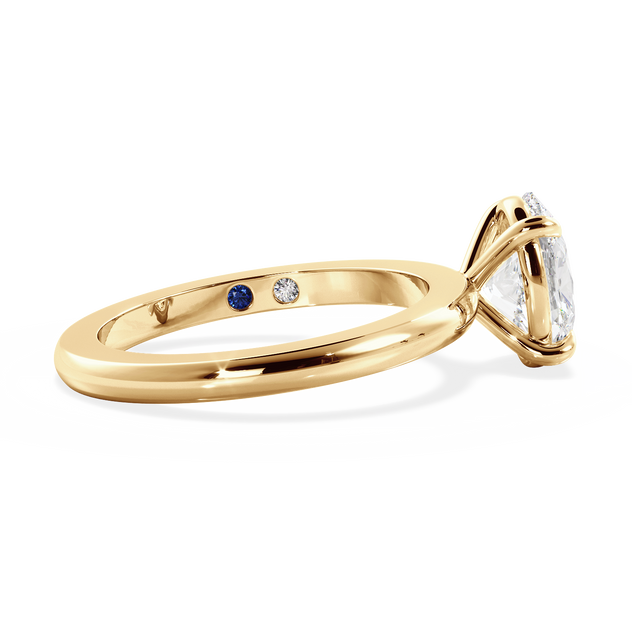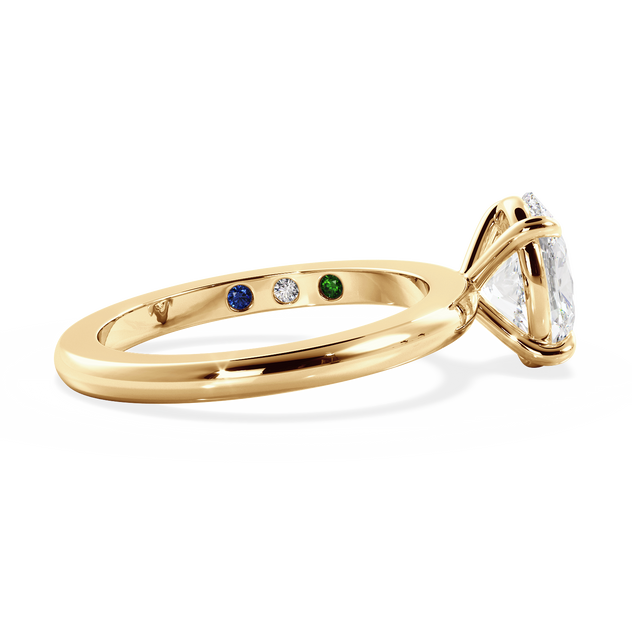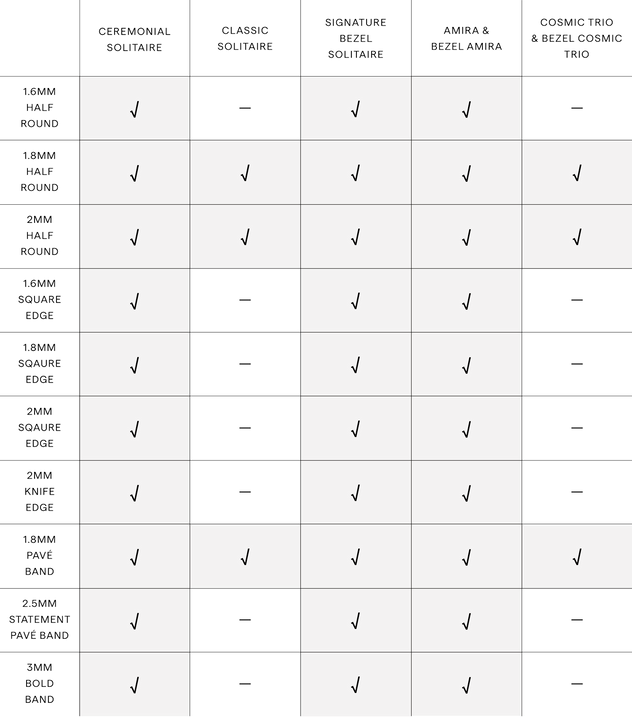Use an existing ring that fits on the ring finger
Ring Size Guide
All LOUISE JEAN engagement rings and wedding bands are handcrafted to order can be made to any size requirements, with exception to our ready-to-wear pieces.
Our rings are made to Australian ring sizes, based on an alphabetical scale from F - Z. These letters correlate with the internal diameter of the band, measured in millimetres. The difference from one ring size to the next is a matter of 0.2mm. The difference between a ring that fits and one that doesn’t could be just 0.4mm.
Ring Size ChartFINDING YOUR RING SIZE
The most accurate way to determine your ring size is to have it measured professionally. If you’re able to visit our Sunshine Coast showroom, we can arrange an appointment to measure your size.
Alternatively, we offer a complimentary Ring Sizer which you can use to measure your finger.
Book an AppointmentMEASURING AN EXISTING RING
- Select an existing ring that fits the ring finger.
- Measure the internal diameter of the ring (in mm). Ensure this is as accurate as possible as even 1mm can make a significant difference in the final ring size. We recommend measuring with a caliper over a ruler.
- Use our Ring Size Chart to determine your ring size. If you do not have access to calipers, then you can take your ring to a local jeweller or use our printable guide below.
RING SIZER
- Pull the end of the sizer through the hole to form a loop.
- Slide the loop onto your finger and pull the end of the plastic through and tighten until you have a desirable fit.
- You should be able to slip it back over your knuckle without it feeling uncomfortable. The arrow will point to the correct size.
The majority of LOUISE JEAN rings are 1.6mm in width, so they measure true to size. It is important to note that this sizer is not the same width as our ring bands.
Shop Ring SizerCONSIDERATIONS
Variables
Many factors can affect your ring size including body temperature, climate, salt intake, hydration intake, and hormones. We recommend measuring your finger at different times of the day to get an average. Most people find that their finger is smaller in winter than it is in summer, so please keep these temperature variances in mind when determining your size.
Band Thickness
Band thickness can also affect the fit of your ring. Bands that are 3mm or wider may require you to go up by a 1/2 or full Australian size. The majority of LOUISE JEAN rings are 1.6mm in width, so they measure true to size. We recommend using a band with a similar thickness to your desired ring when being sized.
Resizing
In most cases, if the ring you purchased is slightly too small or large, a simple resize can be done. There are limitations to rings that require a significant increase or decrease in size, and in this scenario, remanufacturing may be necessary.
